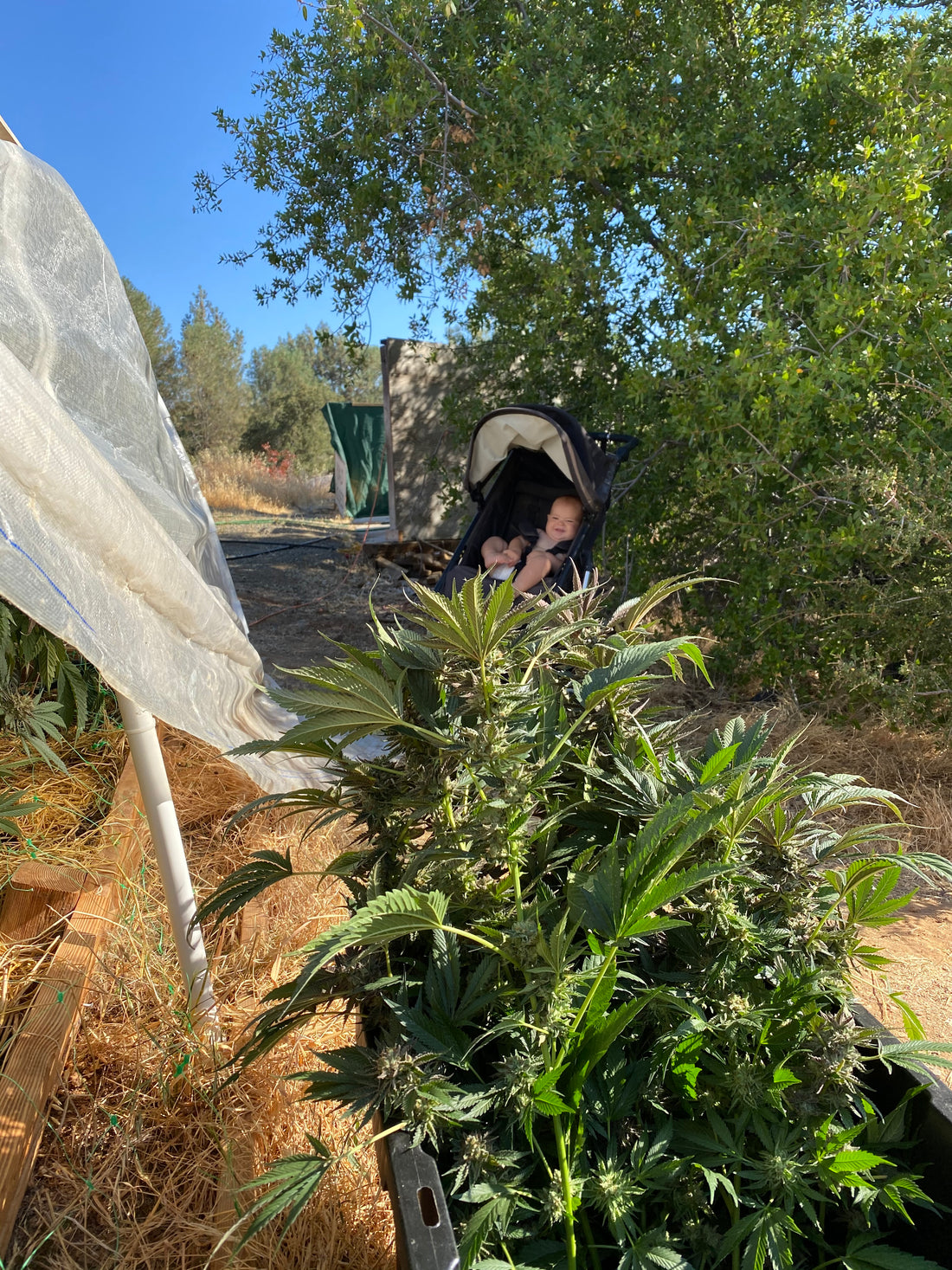
Optimizing A Two-Step Harvest: Maximizing Yields Top to Bottom
Share
Optimizing A Two-Step Harvest: Maximizing Yields From Top To Bottom
Harvesting your cannabis plants is a crucial step that significantly impacts the quality and quantity of your yield. While there are various harvesting techniques available, the two-step harvest method has gained immense popularity for its potential to optimize crop yields.
If you have ever been disappointed by the size and density of your lower buds you may want to try this out. This method involves harvesting the top flowers first, allowing the bottom flowers more time to mature. If done correctly, this technique can increase the overall potency and weight of your crop.
In this comprehensive guide, we'll delve into the science and methods behind an optimized two-step harvest, helping you to get the most out of your cannabis plants.
The Rationale Behind Two-Step Harvesting
Before diving into the how-to, it's important to understand the why. Cannabis plants don't mature uniformly, the top buds often mature faster than the lower buds due to increased exposure to light. By harvesting in two steps, you can ensure that both top and bottom buds reach their full potential, thereby maximizing cannabinoid content and overall yields.
Benefits
1. Increased Potency: Lower buds get more light exposure and therefore have more time to develop, often leading to increased THC or CBD levels.
2. Higher Yields: Giving the bottom buds extra time to mature can contribute to a heavier overall crop.
3. Quality Control: Harvesting in stages allows for more precise selection, ensuring that each bud is harvested at its peak maturity.
When To Harvest The Top Flowers
One of the keys to successfully optimizing a two-step harvest lies in timing. There are several ways to help you discern when to harvest your cannabis plant. For a general time, frame, you can refer to the breeders suggested flowering time, but this can vary due to environmental factors, growing style, among other things.
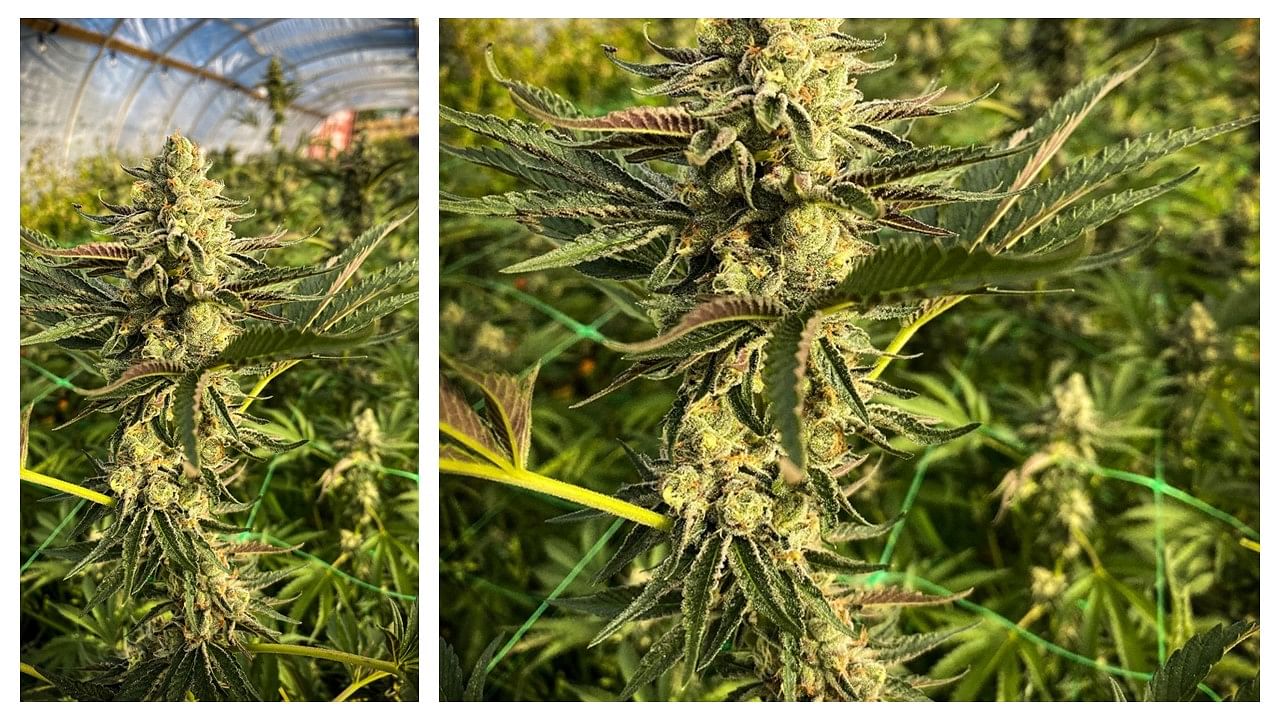
Your cannabis plant will begin to exhibit physical changes that should be your indicator that it is time to harvest. The first thing you should notice is the pistils or hairs on your cannabis buds changing color from light to dark. This could be white, pink, or lime green to dark orange or amber. This is one key indicator that your plants are approaching harvest.
Certain strains will push more white hairs near the end of their life as a last-ditch effort to capture pollen and produce seeds. Seeing white pistils on your cannabis bud doesn’t mean it isn’t ready to be harvested and therefore shouldn’t be the only factor you consider when determining when to harvest your cannabis plant Monitoring the trichomes, tiny resin glands on your buds, can offer valuable insight.
Cannabinoids like THC and CBD are synthesized in the trichome's glandular cells. As the cannabis plant matures, the trichomes also undergo a series of changes, including shifts in color. Typically, they change from clear to cloudy or milky and eventually to amber. These color changes are commonly believed to correspond with the maturation of cannabinoids.
1. Clear Trichomes: The plant is still maturing.
2. Milky White Trichomes: The plant is reaching maturation and optimal potency.
3. Amber Trichomes: The plant is beginning senescence and has reached its maximum potential.
For the initial harvest of the top flowers, aim for when the majority of trichomes are milky white with some amber, indicating peak potency.
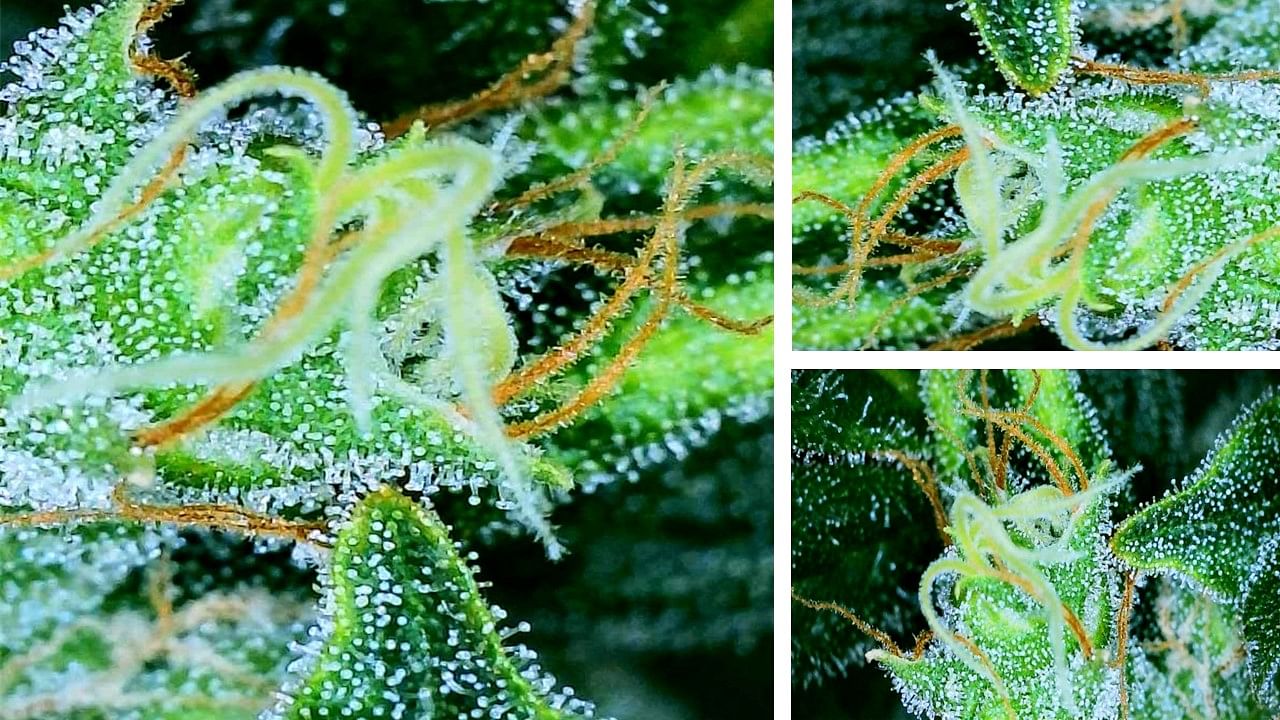
How To Harvest
Begin by cutting the top kolas from the plant and hanging them in a cool, dark, dry room with a controlled environment that maintains 60-70 F and 60-50% Relative Humidity. This drying process should take around a week to complete.
For a deep exploration on harvesting, curing, and storage for cannabis check out this class.
After the top kolas have been harvested, you will begin to see the difference in color of your plant. The lower flowers are much lighter, the pistils probably haven’t changed color yet, and the nugs are much smaller in size.
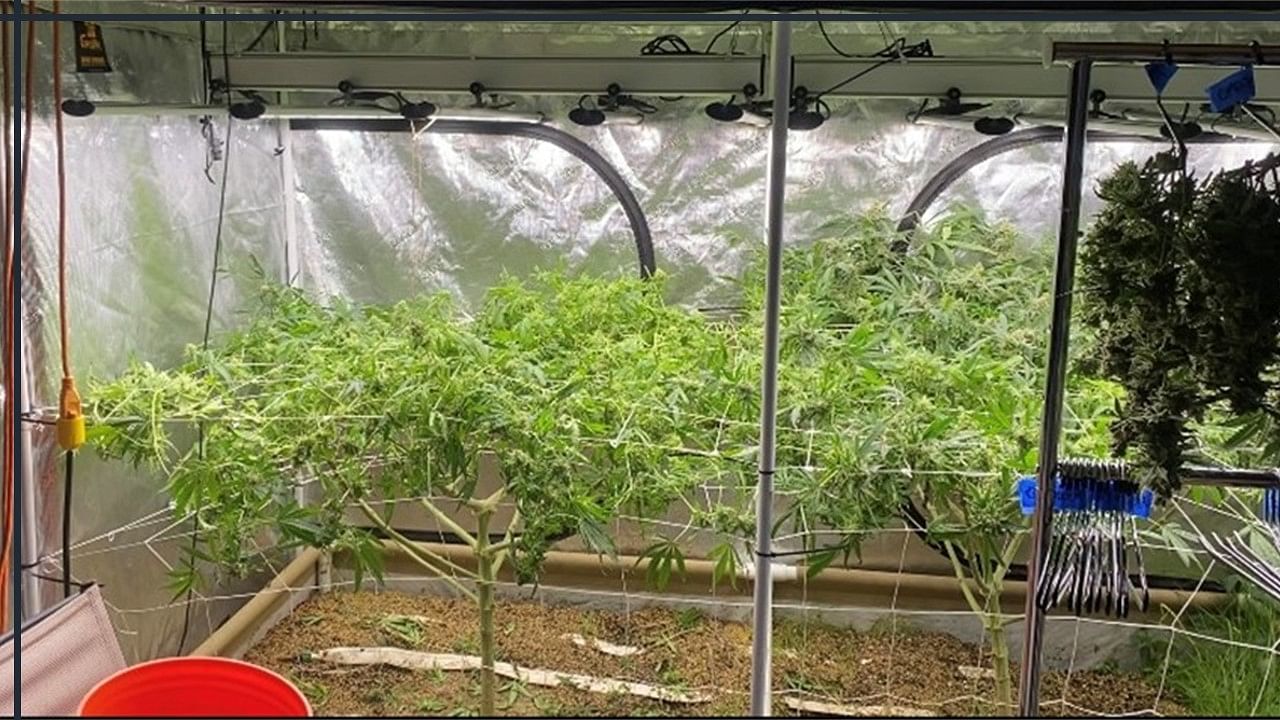
Nurturing The Lower Buds: Flower Or Ice Water Hash?
Once the top buds are harvested, it's time to focus on the lower buds. You can leave these flowers to further mature for a later harvest or you can harvest them immediately for fresh frozen material that can be then turned into an ice water hash extraction.
Ice water hash is a type of concentrate made from collecting the trichome heads on the cannabis plant by washing the frozen plant material through a fine micron mesh material and ice water. Most people prefer ice water hash that is light in color, and this can be achieved by washing material whose trichome heads have not matured into an amber color.
If you are not set up or do not know how to make ice water hash it is best to let the flowers mature further before harvesting them for cured flower.
When growing indoors you can adjust the light source to better target the remaining buds, ensuring they receive adequate light for maturation. This can be achieved by lowering your lights to the optimal range for your new canopy height or turning the power up if they were not at full capacity.
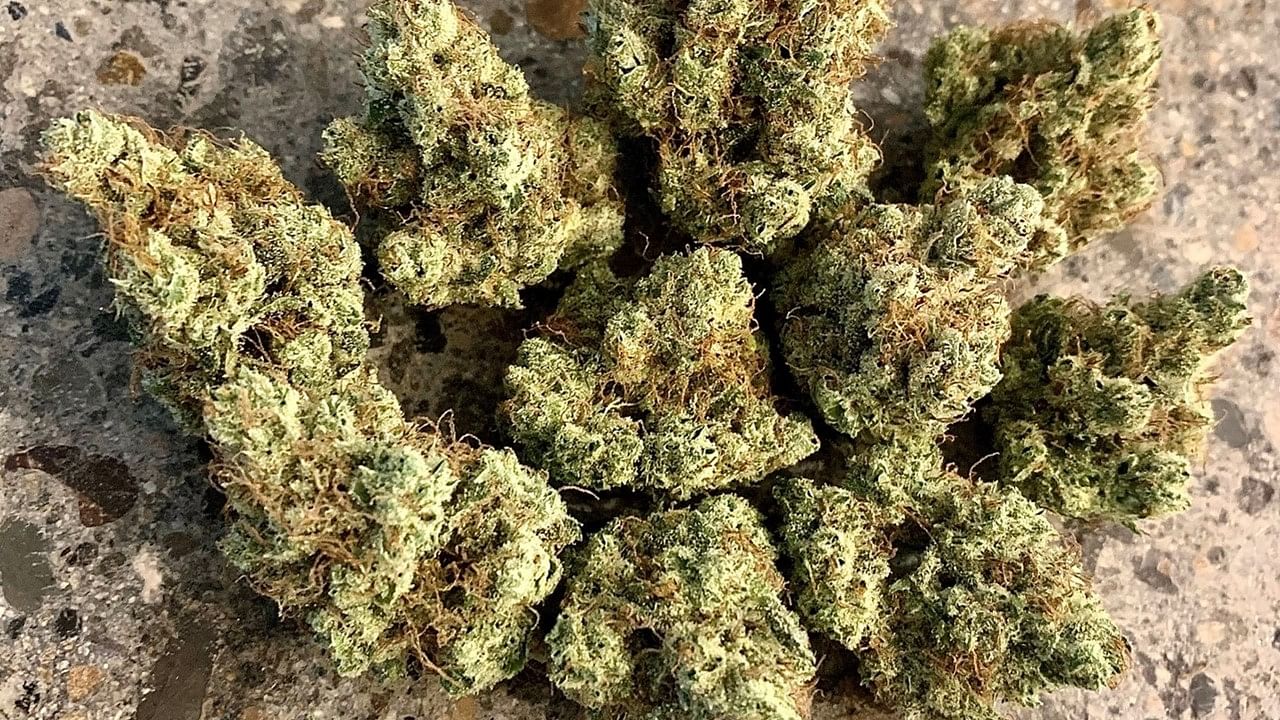
Feeding & Watering
Maintain regular feeding and watering schedules for these lower buds and continue to watch them mature over the next week or two. These flowers should continue to swell, gaining weight and increasing in potency as their cannabinoids fully mature.
The color of the pistils will change from a light color to an orange, brown, or amber as will the trichomes. Continue monitoring with a handheld microscope to ensure optimal ripeness for your second harvest.
Optimal Ripeness
When we refer to the optimal ripeness of the cannabis plant, we are being subjective to the end consumer. This is because the cannabinoids present within the resin and trichome heads will change depending on the oxidative stress they encounter. These cannabinoids will affect the type of high you experience and your preference on what type of high should help you determine when to harvest.
All cannabinoids begin with CBG or cannabigerol, this is one of hundreds of cannabinoids found within cannabis but is known as the “mother cannabinoid” because other cannabinoids are synthesized from it. CBG converts into CBD, THC-A, and THC-V, while THC-A converts into THC and then further degrades to CBN. If cannabis is harvested prematurely, you will have more CBG present and if harvested late you will have more CBN present.
CBN or “cannabinol, is often associated with aged or degraded cannabis is less psychoactive than THC and is often linked to a more sedative effect. It has shown potential therapeutic properties, including anti-inflammatory and analgesic (pain relieving).
Depending on the type of high you are looking for, you should time your harvest knowing the differences in cannabinoid conversion. The more amber trichomes that are present the more likely it is that some of the THC has converted in CBN.
Harvesting The Bottom Buds
Wait for the trichomes on the lower buds to turn milky white and amber before harvesting them, just like you did for the top flowers. The bottom buds might take an additional week or more to reach this stage. Repeat the same steps you followed for harvesting the top buds.
Final Thoughts: Does It Really Make A Difference?
With a deeper understanding of plant anatomy, cannabinoid development, and optimized harvest techniques, you can implement a two-step harvest strategy to potentially increase your yield and improve the quality of your crop. Not only can you maximize your harvest, but you can also develop a more sustainable approach to cannabis cultivation.
So, is it worth it? The only way to find out is to give it a try. If higher yields and increased potency are your goals, then the two-step harvest method may be worth your time and effort.
By understanding the intricacies of two-step harvesting, you can take a scientific approach to maximize the potency and yield of your cannabis plants. Implementing these techniques will likely require some experimentation but the results could be well worth the effort.
Happy harvesting!

